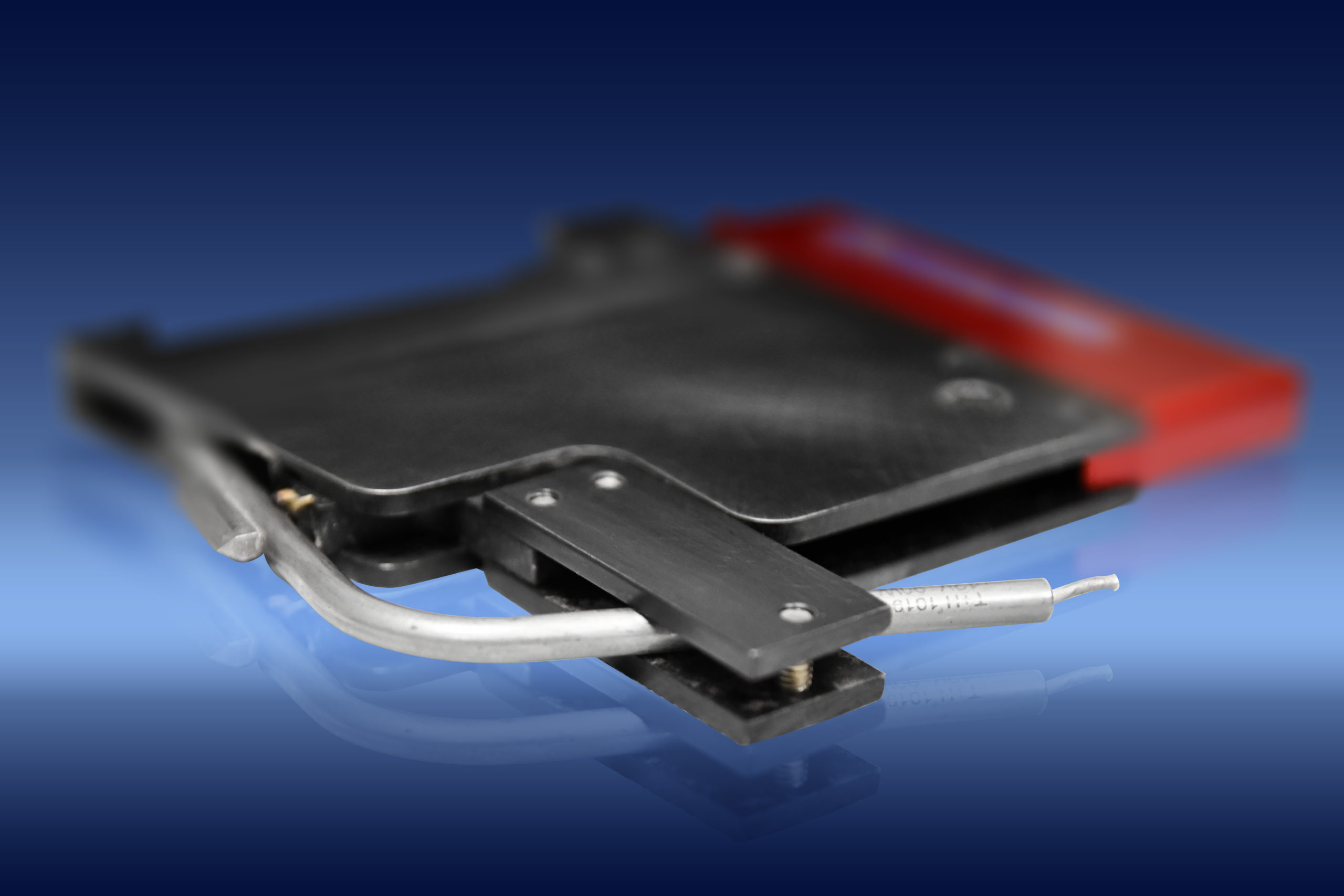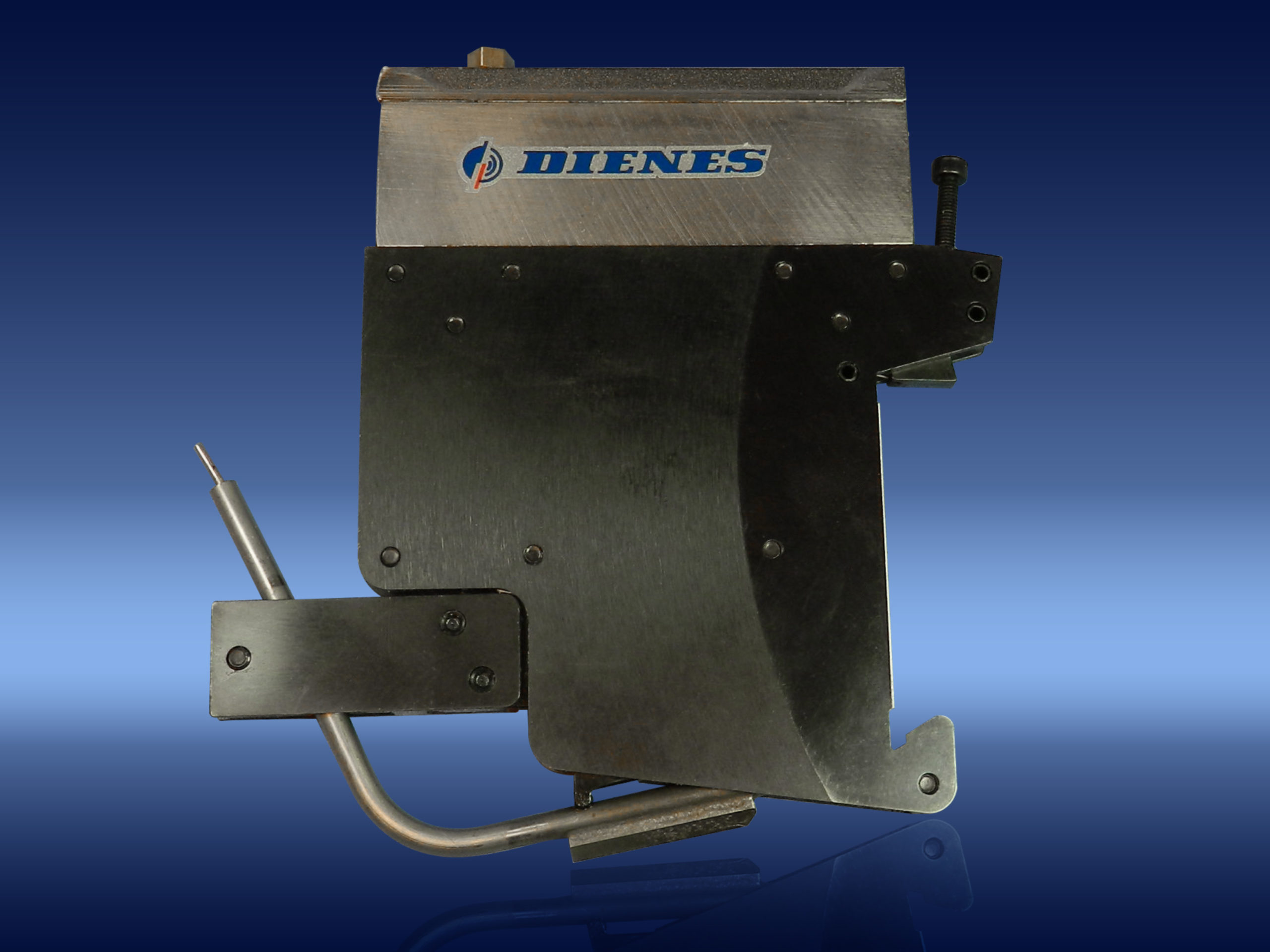In previous blog posts, we have discussed the 2 most common types of slitting; crush and shear cut. We have also talked about razor slitting, which is uncommon compared to crush or shear slitting methods. However, specific types of applications require razor slitting, nonetheless. Now it is time we go into further detail about Heat Cut, the last slitting method available. We will discuss how temperature for heat cut is critical along with the materials that you use.
Heat Cut Overview
Heat cut is a similar slitting method to crush cut. Both need a hardened anvil roll to support not only the material but also the blade encountering the material. However, a heating element separates the material for Heat Cut in contrast to the circular blade for shear and crush.
Controlling Temperature for Heat Cut
The control box that controls the heating element allows users to define the temperature range. For heat cut to successfully separate the material, one must properly set the temperature of the heating element. If the temperature of the heating element is too high, the material is at risk of burning or even catching on fire. As a result, it is critical to set the heating element to the proper temperature for Heat Cut applications.
Why Materials are Critical for Heat Cut
Note that this type of slitting seals the cutting edges instantly while the material separates. For this reason, applications where the edge of the material cannot contain any open threads or “hairs” are best suited for heat cut over crush or shear. However, web speed is limited as the heating element does not rotate, creating a much larger drag on the material.
Heat Cut vs. a Heated Blade
Heat cut is not the same as slitting with a heated blade. There are some applications where the circular blade is heated while it is also cutting the material. The heat prevents material from building up on the holder and the blade. But this is not considered heat cut because the mechanics and parts involved are the same as crush cutting mechanics.
Below is a picture of a holder with a heating element:
Also, below is a picture of the control box that controls the temperature for heat cut:
 The Heat Cut Holder and Temperature Endurance
The Heat Cut Holder and Temperature Endurance
The heat cut holder body is from our PQAS 3/8” holder. This allows for a slit width of 3/8”, making this holder suitable for narrow slit widths applications.
This holder also has a modified cylinder, which makes it more heat resistant, given the high temperatures it can reach. This control box allows you to control up to 30 different holders. You can also regulate each temperature setting individually. This feature is beneficial if multiple web parts require different temperatures. This allows the heating element to go up to 750°F to achieve a successful separation of the material.
Anvil Roll Specifications
As mentioned before, this type of slitting requires an anvil roll. It supports the material and the heating element while it cuts. Note that the anvil roll must be rectified and without any grooves or marks present on the surface. Any grooves or marks can easily damage the heating element.
Materials used for Heat Cut
Unfortunately, you cannot perform heat cutting on all materials. Paper or fiber-based products can easily catch on fire due to the properties of the material itself. Therefore, we always recommend that you test the material thoroughly. This enables you to find its optimal temperature for separation while keeping the fire hazard risk under control.
Conclusion for Heat Cut
If you are still unsure about the best-suited method for your application, please, send us a material sample. We will test this sample in our slitting laboratory to determine the best-suited slitting method. We will do so by performing slitting tests with different slitting methods. After the tests, we will report back the results that determine the best-suited slitting method. Do not hesitate to call us today! Feel free to follow us on LinkedIn or Facebook to keep up to date with more related blog posts.




 The Heat Cut Holder and Temperature Endurance
The Heat Cut Holder and Temperature Endurance